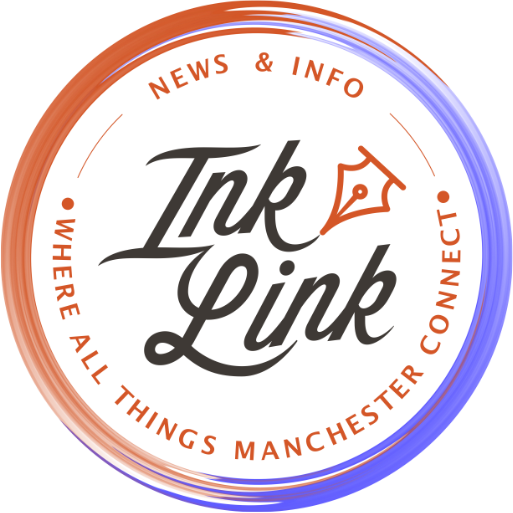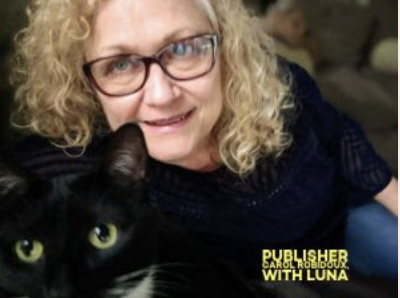The Soapbox: Do your research + check your facts before rushing to judgement on needle exchange
For way too long these proven programs have had to hide in the shadows, due to general ignorance about their successes in maintaining a healthy community, and to the general stigma surrounding drugs which are consumed with needles (rather than just smoking or drinking).
O P I N I O N
THE SOAPBOX

Stand up. Speak up. It’s your turn.
If you spend enough time working with people who suffer from moderate to severe substance disorders you will learn many things about addiction. One of the most universally recognized lessons learned in these types of fields is this: If someone with a severe addiction plans to use their substance of choice then there is pretty much nothing in this world which can stop them. Not a lack of money, since they will simply beg or borrow or steal in order to get high. Not even locking them behind bars, as can easily be seen from the high rates of overdoses at our local county jail. And certainly not the lack of a clean needle, because any safety concerns about a used needle are almost never enough to overpower the compulsive nature of severe addictions.
It is this same core lesson which first caused experts to think more deeply about possible approaches to the modern epidemic of injection-based drug addictions. Basically, if we recognize that nothing can force someone to stop using injection-based drugs, then a logical series of questions must be asked:
- How can we reduce the risks and negative consequences of using those drugs, both to the people who use them and to the public at large?
- Can we at least reduce the spread of devastating diseases like HIV and Hepatitis-C?
- Can we incentivize people to make sure that used needles are disposed of safely?
- Can we increase the likelihood that people who use injection-based drugs will quit, or try to quit by utilizing recovery programs?
And this is exactly what has led to experimenting with the effectiveness of “harm reduction” programs, such as needle exchanges, safe injection sites, and more.
This began almost 30 years ago, and was understandably met with skepticism. However we now have nearly three decades of evidence which soundly proves that needle exchange programs do not increase or “enable” drug usage at all, and that the measurable benefits of these programs are simply astounding. With a primary goal of reducing the transmission rates of diseases and other common health risks, needle exchange programs (also known as “Syringe Service Programs” or “SSPs”) are credited with an approximate 50% reduction in the transmission of both HIV and Hepatitis-C. Also, by operating as an “exchange”, they are able to provide the only tangible incentive whatsoever for people to ensure that used needles are disposed of properly. This results in immeasurably significant reductions to the number of needles which otherwise end up on the ground, causing risks to the general public (especially to first responders or children). All while providing direct connections to rehabilitation services and other resources, resulting in the statistical fact that people who use a needle exchange program are five times more likely to enter into a treatment program, and three times more likely to quit on their own.
All of these facts are easily accessible to everyone through the CDC’s website in their section about SSPs, including citation links for all related studies or data. Another notable benefit to these programs is that they’re not just exchanging clean needles for dirty ones, but also for vital information. People who use SSPs are generally not asked to provide any personally identifying information (PII). However they are assigned a unique identification code, while being asked a series of questions which help to identify trends and demographics about drug usage, unreported overdoses, disease infection rates, and a wide variety of other critical data. This helps professionals and officials to improve our approaches to many related problems. Using information which would otherwise be completely unavailable, were it not for the submitted forms from SSPs, providing details about every exchange, every participant, and more. This is why a large portion of the extensive regulations from most states (including New Hampshire) with regards to SSPs are focused on the tracking and sharing of data, as much as they are also focused on the preservation and enhancement of overall public safety.
With all of that said there are still many myths about SSPs. Some people think that they encourage or enable drug use. Again we have almost 30 years of data which shows otherwise. Also, to believe that, you would have to think that there has ever been a single case where someone was planning not to get high, but then changed their mind only because a clean needle was made available to them. Similarly, some people think that distributing clean needles increases the number of needles which end up on the ground. Especially if SSPs fall anywhere below the levels of a 1-to-1 exchange rate. However without an SSP, which provides people with something valuable in exchange for submitting used needles to a program which disposes of them safely, many communities have ended up almost literally “ankle deep” in used needles all over their towns or cities.
Just in our own city of Manchester, New Hampshire, our primary SSP has been credited with taking in over 1.7 million used needles for safe disposal. Every single one of those needles would have otherwise posed a severe health risk, which might have easily ended up anywhere. Notably this was not accomplished by using a 1-to-1 exchange rate. Instead, it was the result of a data driven industry standard called the “plus-ten system.” I can tell you it is rigorously enforced, as someone who used to regularly volunteer for this program. I do invite people to look up more information about this. But for the sake of time it is predicated on the idea of increasing incentives to turn in used needles, as well as ensuring that people who show up empty-handed are given at least 10 clean needles to reduce the potential of overall health risks. For this particular program, it has resulted in a ratio which actually simplifies to about 0.9-to-1. And this approach is thoroughly validated by a CDC study from 2015, which showed that increasing the number of clean needles being distributed not only increases the number of dirty needles collected, but also increases the overall likelihood that every needle will end up being disposed of safely.
For way too long these proven programs have had to hide in the shadows, due to general ignorance about their successes in maintaining a healthy community, and to the general stigma surrounding drugs which are consumed with needles (rather than just smoking or drinking). Even as these programs also offer a helpful service to struggling people with diabetes, and other non-illicit needs for clean needles.
As such I strongly encourage the public, and our local city officials, to please do your research and check your facts. For the sake of us all, please avoid making summary judgements, or rushing to place any restrictions and potentially unnecessary hindrances upon the well documented successes of these vital public health programs. Not just for the good of the people who are suffering from substance use disorders. But for the good of first responders, and of children, and of me, and of you, and of us all.
Beg to differ? Agree to disagree? Comment using our DISQUS app below. Got issues of your own? Send submissions for consideration to publisher@inklink.news, subject line: The Soapbox.
Dam Wright is an independent consultant primarily specializing in outreach, aid, and advocacy for the local homeless community in Manchester. His background includes operating emergency shelters for Families In Transition, as well as needle exchange events for NHHRC, and distribution events for local mutual aid groups. He has also headed up several homeless encampment defenses, media campaigns, educational programs, and more. With more than 10,000 hours of working directly with our local homeless population in the places where they live or congregate he is widely considered to be the leading expert and primary liaison for all matters relating to our local homeless community. Currently he operates the highly successful ‘Loads of Love’ aid programs at Wash Street. He is also an active member of the Manchester Continuum of Care, where he provides necessary “lived experience” references and has been responsible for the majority of efforts at officially counting the number of unsheltered homeless citizens in Manchester, all for the purpose of justifying federal funding to local homelessness-related programs.”shelters and is focused on volunteer street outreach and harm reduction among the homeless.

